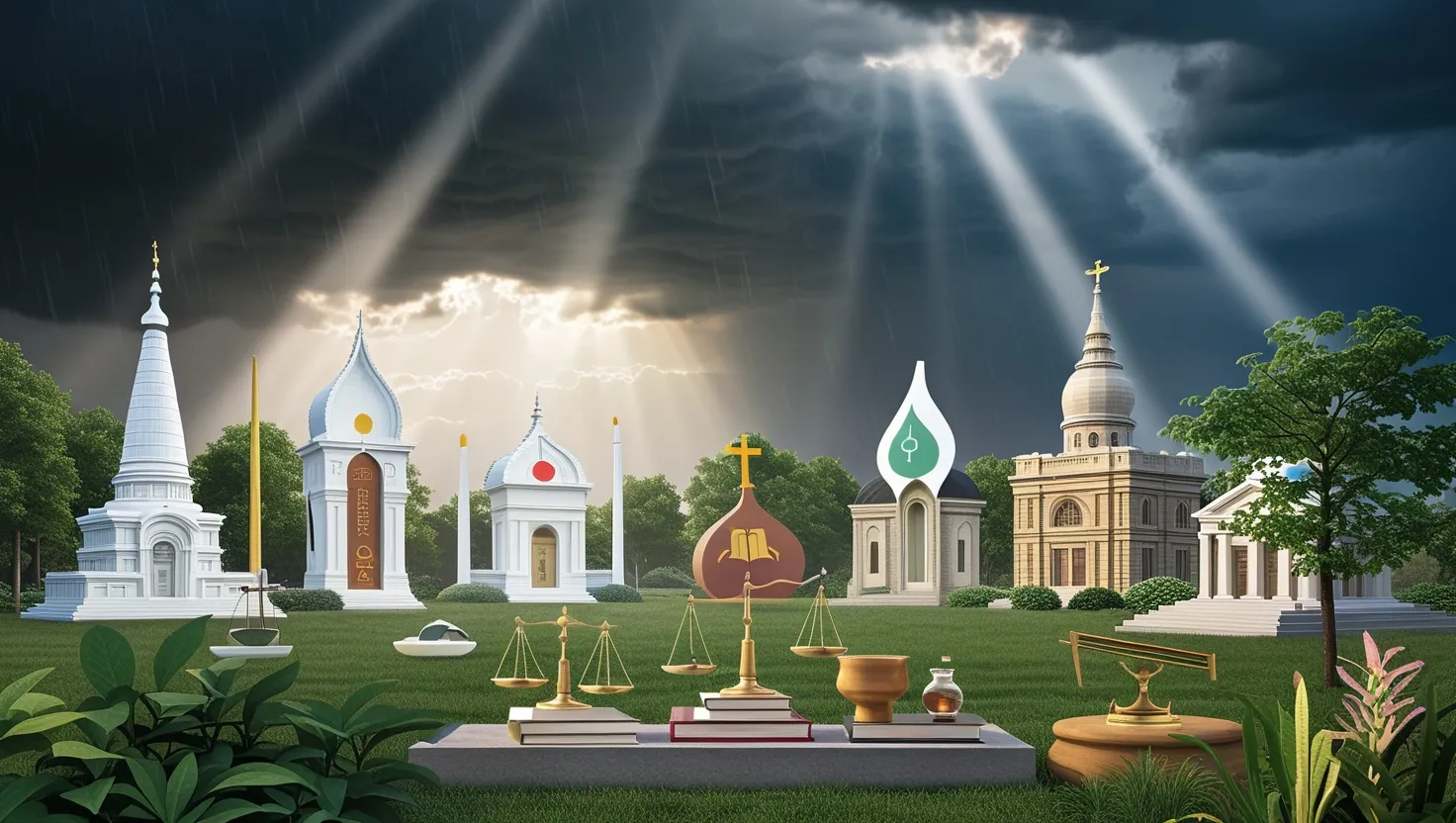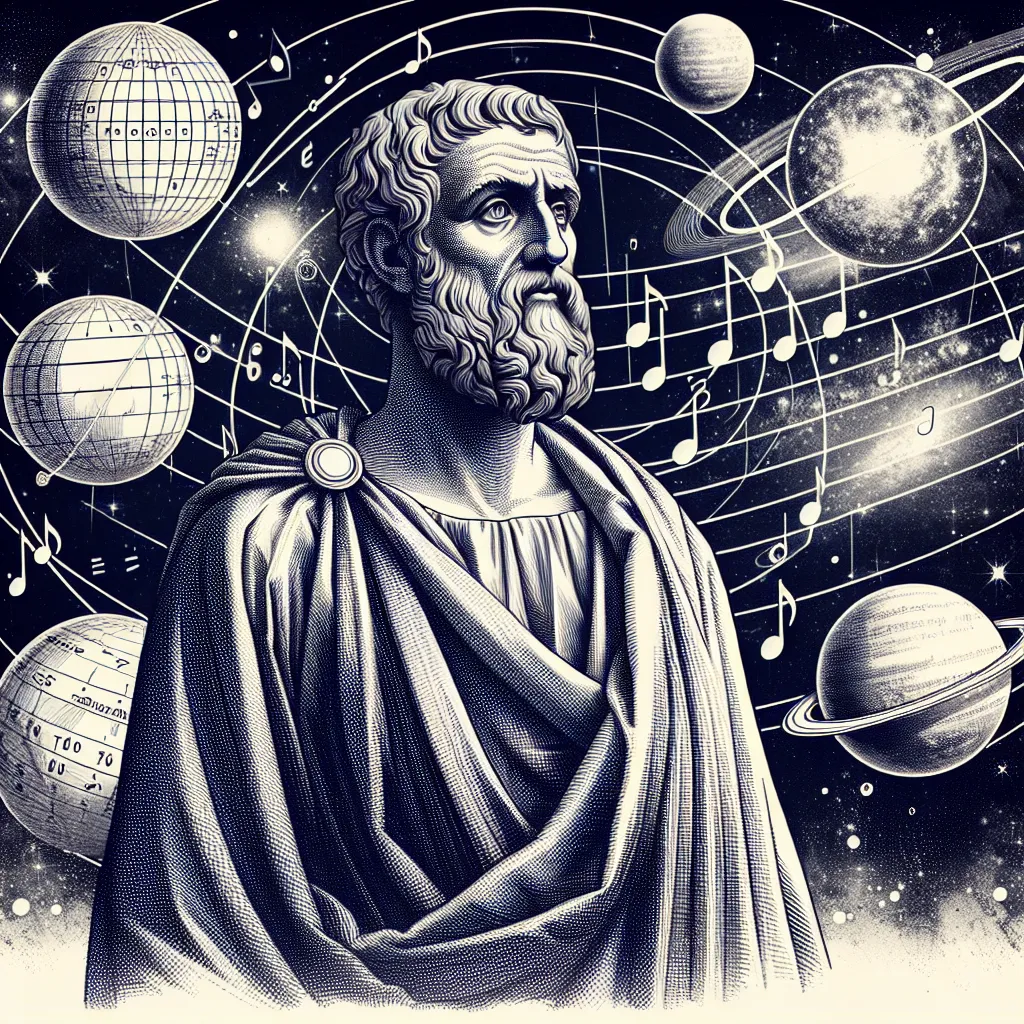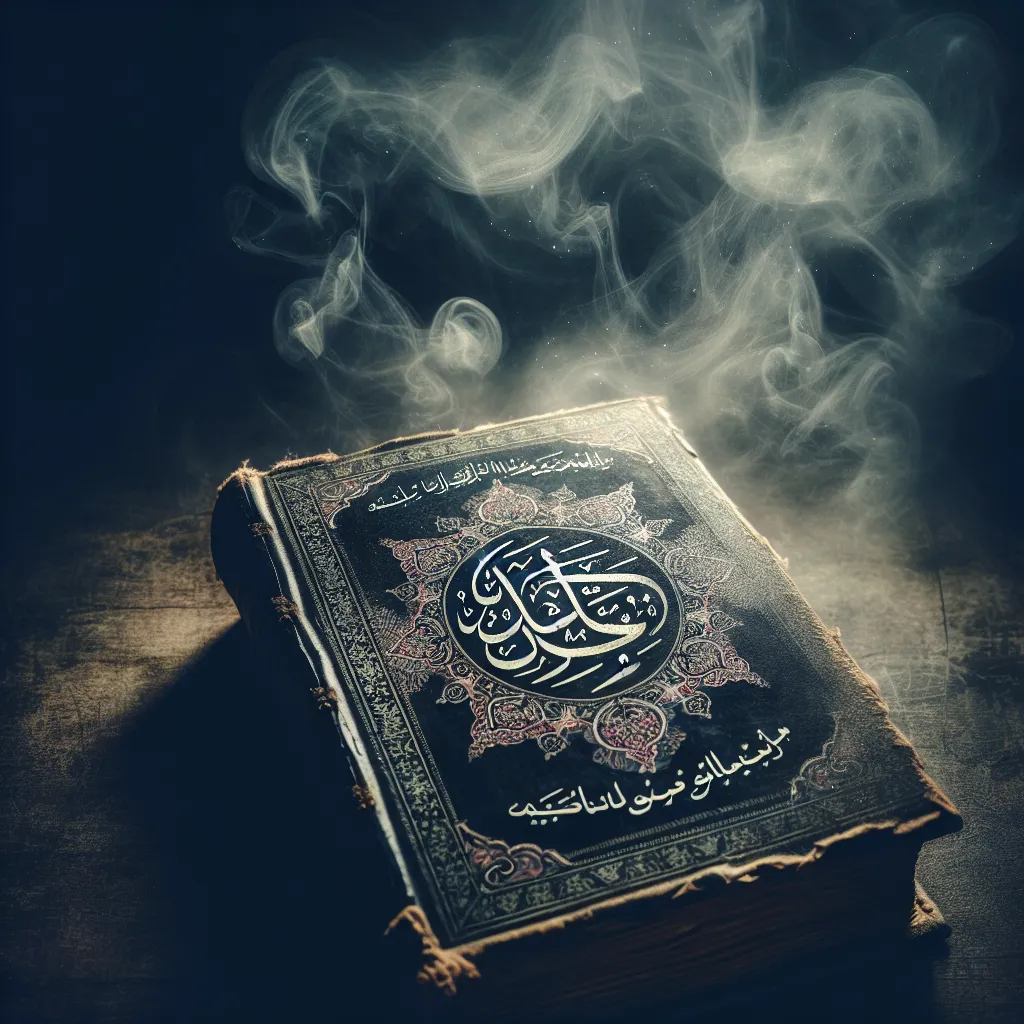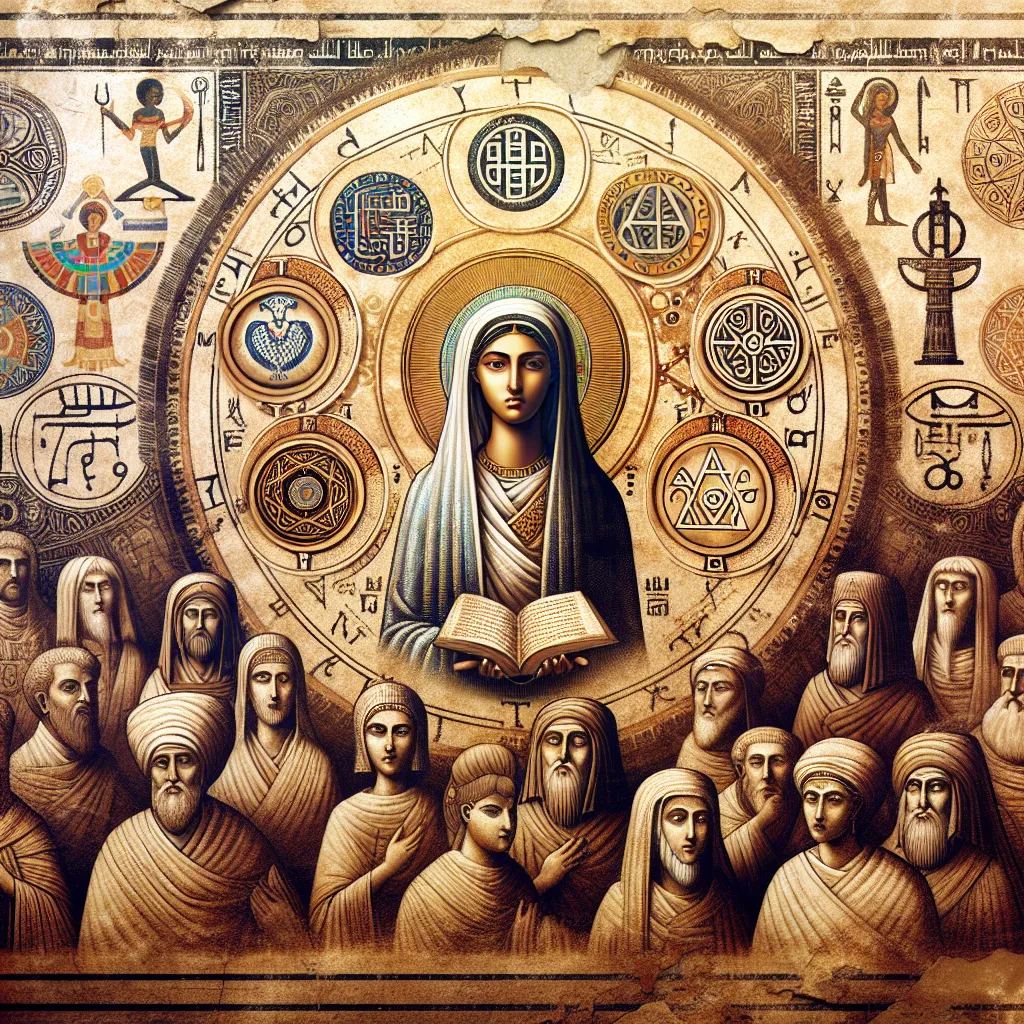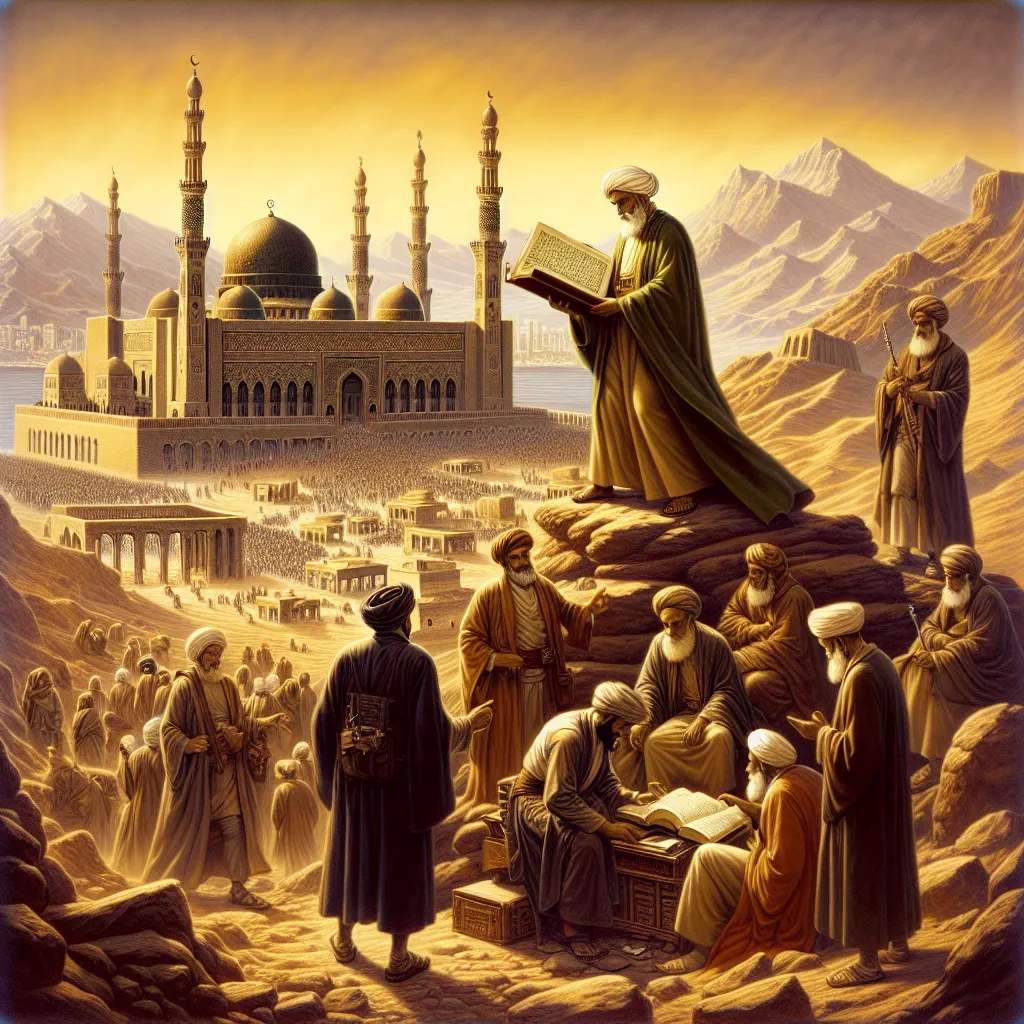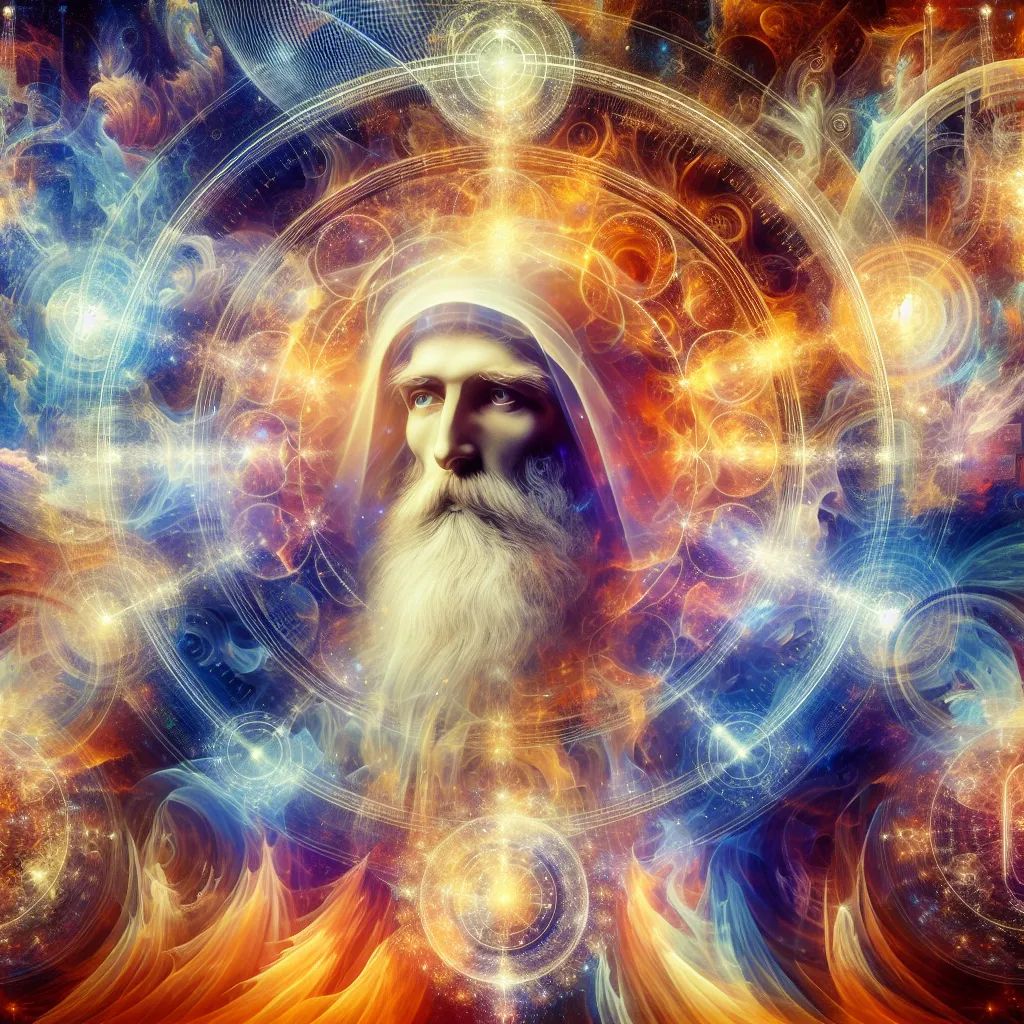History often frames religious conflicts as destructive battles defined by intolerance and strife. Yet, in certain instances, these tensions acted as strange catalysts for advancement—fueling societal change, intellectual growth, and even unity in unexpected ways. Let’s dive into six historical religious conflicts that, rather than leaving purely grim legacies, brought about transformations that continue to shape our world today.
Take the Protestant Reformation of the 16th century as a starting point. At first, it was a heated rebellion against the Catholic Church’s authority, sparked by Martin Luther’s famous 95 Theses. The conflict could have been dismissed as a simple power struggle between religious elites, but it set a chain reaction into motion. Beyond theology, the Reformation democratized access to knowledge. With the advent of the printing press, Bibles translated into regional languages became widely available. Literacy skyrocketed as more people sought direct engagement with the Scriptures. Isn’t it fascinating that a theological dispute over indulgences eventually helped lay the groundwork for modern democracy and notions of individual rights? Ideas about faith-based personal responsibility bled into broader movements, influencing justice systems and government over time. The question is, would these democratic advancements have emerged as forcefully without such religious tension?
Consider the less-discussed intellectual duel between Hinduism and Buddhism in ancient India. These traditions, despite their shared cultural soil, sharply diverged in their interpretations of consciousness and existence. What’s remarkable is how their philosophical confrontations didn’t devolve into mere suppression. Instead, the debates enriched both traditions. Hindu scholars refined concepts like Advaita, or non-dualism, partly in response to Buddhist critiques. Meanwhile, Buddhist thinkers developed intricate arguments about impermanence and interdependence. Would these advancements in metaphysical thought have been possible without the friction? The ultimate byproduct was the world’s first systematic schools of philosophy, leaving an intellectual legacy that stretched far beyond the Indian subcontinent.
Now travel to medieval Spain, where Christians, Muslims, and Jews coexisted—sometimes uneasily—in Al-Andalus. It’s tempting to focus on the moments of discord, but zoom out, and you see something greater. In the multicultural crucible of cities like Córdoba, scholars of all three faiths preserved and expanded upon Greek, Roman, and Islamic knowledge. Mathematics, astronomy, and medicine thrived. These intellectual exchanges fed directly into Europe’s Renaissance. Have you ever wondered how societal advancements might stagnate without this kind of cross-pollination of ideas? Al-Andalus is a stark reminder of how even imperfect coexistence can lead to remarkable growth.
Fast forward to the 17th century, and consider the persecution of Quakers in England and colonial America. Seen as heretics, these pacifist Christians endured imprisonment, exile, and even execution. Yet their response to this oppression was revolutionary. Rather than retreat, Quakers became some of history’s earliest and most vocal proponents of universal religious freedom, women’s equality, and abolition. They also pioneered reforms in prisons, proving that adversity doesn’t always crush ideals; sometimes it sharpens them. Isn’t it intriguing how a persecuted minority managed to influence movements that are now seen as moral bedrocks?
The Bahá’í faith’s emergence in 19th-century Persia presents another remarkable story. Born out of Islam, its founders faced brutal repression, with many followers executed for their beliefs. What arose from this tragedy, however, was a vision of unity remarkable for its time. The Bahá’í principles—advocating gender equality, global harmony, and interfaith dialogue—prefigured modern international movements. Can a history of persecution actually foster a more inclusive worldview? The Bahá’í experience suggests that it’s possible, challenging us to rethink what resilience can achieve.
Finally, Tibetan Buddhism’s global rise owes much to tragedy. When the Chinese occupation of Tibet forced the Dalai Lama and many others into exile, it scattered their traditions to the corners of the earth. While this was catastrophic for Tibet, it also spread Buddhist teachings of mindfulness and compassion far beyond the Himalayas. These principles have profoundly influenced secular therapeutic practices and even environmental movements. Who would have thought that geopolitical upheaval could transform meditation into a global phenomenon? This diaspora serves as a testament to the adaptability of spiritual traditions under pressure.
So, what do these stories teach us? The idea isn’t to romanticize conflict—wars and persecution always leave scars. But history shows us that the human capacity for growth often thrives under the most adverse conditions. As the 19th-century philosopher Friedrich Nietzsche put it, “That which does not kill us makes us stronger.” These religious conflicts, though painful, led to dialogues, innovations, and reforms that changed societies for the better. They remind us to look deeper, to ask: what seeds of positive change might exist even in the darkest moments of struggle?
